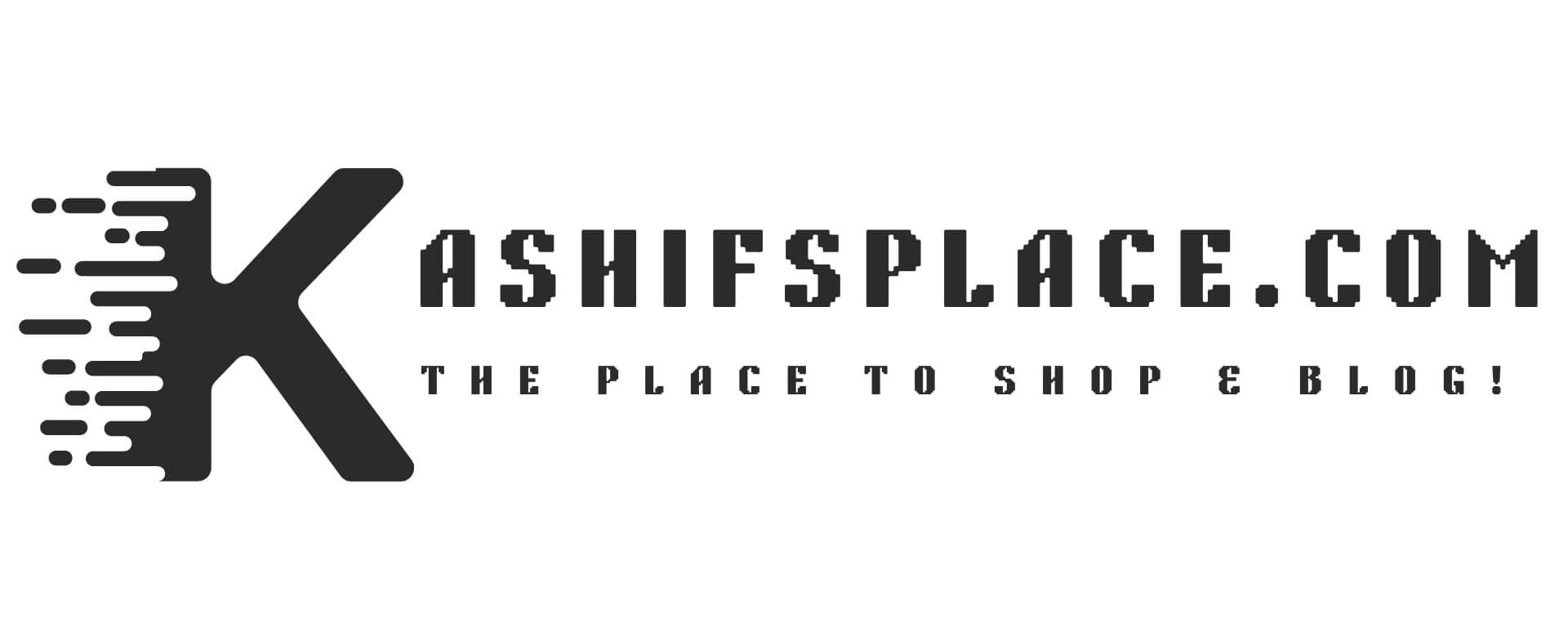In the era of the digital revolution, social media has become an essential marketing tool. A strategic and well-executed social media plan can catapult your brand into the limelight, strengthen customer relationships, and drive significant growth. Let’s dive into how you can harness the power of social media for effective digital marketing.
Understanding Social Media Platforms
Social media platforms are the digital stage where your brand interacts with its audience. With diverse options like Facebook, Instagram, Twitter, LinkedIn, and TikTok, each has unique attributes and user demographics. Selecting platforms that align with your business type, goals, and target audience is essential. Proper platform selection sets the foundation for successful social media marketing.
Overview of Top Social Media Platforms
Facebook, Instagram, Twitter, LinkedIn, and TikTok lead the social media world. Each offers unique features and reaches different demographic groups, thus serving various marketing purposes.
In an ever-evolving digital landscape, these platforms dominate by constantly innovating to engage users. Understanding their nuances can help optimize your social media strategy, aligning it with your audience’s preferences.
Choosing the Right Platforms for Your Business
Choosing a platform depends on your business type, goals, and target audience. For B2C businesses, Instagram and Facebook are popular choices. LinkedIn is more suited for B2B and professional networking.
Understanding the demographic and behavioral traits of each platform’s user base will aid in making informed decisions. The right choice facilitates effective brand messaging, leading to more meaningful interactions and conversions.
Identifying Your Target Audience on Different Platforms
Understanding who uses each platform helps in audience targeting. For example, younger demographics lean towards Instagram and TikTok, while older audiences primarily use Facebook.
Deeply analyzing each platform’s user analytics provides insights into user interests, behaviors, and peak engagement times. Such information is critical in developing a platform-specific content strategy that resonates with your audience.
Developing a Social Media Strategy
Developing a sound social media strategy is pivotal for achieving digital marketing objectives. It involves setting clear goals, planning a consistent content schedule, and fostering interactive engagement with your audience.
With a comprehensive and dynamic strategy, you can ensure your social media efforts align with your overall business aspirations. Providing flexibility allows for necessary adjustments as trends, algorithms, and audience preferences evolve.
Setting Your Social Media Goals
Your goals could be increasing brand awareness, lead generation, or customer engagement. Align these with your overall business goals for coherence and efficiency.
Clear, measurable goals provide a road map for your social media initiatives. These benchmarks guide your efforts and give a standard to gauge your success and make necessary adjustments.
Creating a Content Calendar
A content calendar aids in planning and scheduling posts. Regular and consistent posting keeps your brand at the forefront of your audience’s mind.
Moreover, a well-structured content calendar ensures a balanced mix of content types, themes, and promotional activities. It provides an organized approach to social media marketing, allowing for timely planning and execution.
Engaging With Your Audience
Respond to comments, create interactive content like quizzes, and use direct messages for personalized interaction. Engagement is a two-way street.
Engagement breathes life into your social media presence, fostering community around your brand. Active interaction bolsters your relationship with existing followers and increases your visibility, potentially drawing in new followers. It’s a crucial factor for maximizing your social media marketing efficacy.
Content Creation for Social Media
In the realm of social media, content is king. High-quality, engaging, and diverse content is crucial for catching your audience’s attention and fostering interaction. Balancing information, entertainment, and promotional material is critical. Various content types, from images to videos and stories, can add variety to your posts, keeping your audience hooked and eagerly awaiting your next update.
The Importance of High-Quality Content
Quality content builds credibility. Ensure your content is accurate, engaging, and aligns with your brand’s voice and values.
In a sea of content, quality is what sets your brand apart. It’s the cornerstone of establishing trust and loyalty among your followers. Providing valuable, high-quality content enriches your audience’s experience and enhances your brand’s reputation, prompting users to share your content and widening your reach and influence.
Tips for Creating Engaging Content
Use catchy headlines, incorporate visuals, tell stories, and keep it concise. Use hashtags strategically to increase visibility.
Keep showcasing your brand’s personality and unique perspective; authenticity captures attention. To drive engagement, experiment with user-generated content and interactive elements like polls or questions. Remember, high meeting strongly signals social media algorithms, leading to broader visibility.
Utilizing Different Content Types
Mix and match content types – images, videos, stories, live streams, infographics – to keep your feed interesting and engaging.
Embracing variety caters to diverse audience preferences and keeps your feed fresh. Visual content like images and videos are known for their high engagement rates, while stories and live streams add a real-time, personal touch. Infographics, on the other hand, can simplify complex information, making it easily digestible and shareable.
Social Media Advertising
Embracing variety caters to diverse audience preferences and keeps your feed fresh. Visual content like images and videos are known for their high engagement rates, while stories and live streams add a real-time, personal touch. Infographics, on the other hand, can simplify complex information, making it easily digestible and shareable.
Introduction to Social Media Ads
Social media ads are cost-effective and highly targeted. They can boost reach, conversions, and website traffic. Each platform offers distinct ad formats that cater to specific campaign goals, like Instagram’s story ads or Facebook’s carousel ads.
From raising brand awareness to promoting user engagement or sparking immediate action, social media ads can be a game-changer. Navigating these ad tools effectively can significantly enhance your digital marketing outcomes.
Creating Effective Ad Campaigns
Craft clear and compelling ads. Use eye-catching visuals and calls to action. Split testing helps optimize your ads. Personalizing your ads based on your target audience’s preferences and behavior can significantly boost engagement.
Never underestimate the power of a compelling story; narratives resonate with audiences, making your ads memorable. Finally, consistency in your ad messaging across all platforms strengthens brand recall and trust.
Tracking and Optimizing Your Ads
Monitor your ad performance. Use the insights to refine your ad strategy, focusing on what works best. Tracking metrics like engagement rate, click-through rate, and conversion rate can reveal the effectiveness of your ads.
Regularly reviewing and analyzing these metrics can identify successful elements and areas for improvement. Continuous optimization is the key to maintaining effective ad campaigns in the rapidly changing digital landscape.
Measuring Social Media Marketing Success
Effective measurement is crucial to gauge the success of your social media marketing efforts. Key Performance Indicators (KPIs) are tangible benchmarks, from engagement rates and follower growth to website traffic and conversions.
You can access rich data that provides insights into your performance and audience behavior using analytics tools. These insights should guide your strategy refinement, ensuring your social media marketing remains effective and aligned with your business goals.
Key Performance Indicators (KPIs) in Social Media Marketing
Key KPIs include engagement rate, reach, conversions, and return on investment (ROI). These metrics provide valuable insights into how well your content resonates with your audience and drives desired actions.
Monitoring KPIs consistently ensures that your strategy remains effective and allows for timely adjustments in response to performance fluctuations. It leads to more efficient resource allocation and more substantial marketing outcomes.
Using Analytics Tools for Measurement
Facebook Insights, Instagram Analytics, and Google Analytics are helpful tools for tracking your performance. These tools provide a wealth of data, such as demographic information, peak engagement times, and user behavior patterns. They offer detailed post-level analytics that reveals what content performs best.
Armed with this data, you can optimize your social media strategy to drive higher engagement, increase reach, and, ultimately, achieve your marketing goals.
Adjusting Your Strategy Based on Data
Use analytics data to fine-tune your strategy. A flexible approach maximizes your chances of success. Responding to data insights ensures your strategy stays relevant and practical. It could mean adjusting post timings, tweaking content types, or redefining your target audience.
Always remember that evolution in social media marketing is the key to staying ahead and driving sustained success.
The Power of Influencer Marketing
Influencer marketing has emerged as a potent force in the social media landscape. By leveraging the reach and trust influencers have built with their followers, brands can authentically connect with potential customers.
Understanding the dynamics of influencer marketing, identifying the right influencers, and fostering successful collaborations can significantly amplify your brand’s visibility, credibility, and appeal. However, successful influencer marketing requires strategic planning, clear communication, and mutual respect between the brand and the influencer.
Understanding Influencer Marketing
Influencer marketing involves partnering with famous individuals on social media. These influencers endorse your products to their followers. By leveraging the trust and influence that influencers have built with their audience, businesses can reach a broader and more targeted customer base.
Influencer marketing campaigns often utilize sponsored posts, product placements, and affiliate marketing strategies to drive brand awareness and increase sales. With the rise of social media platforms, influencer marketing has become an integral part of many companies marketing strategies.
Finding the Right Influencers for Your Brand
Look for influencers whose audience aligns with your target customers. Authenticity is key – choose influencers who genuinely resonate with your brand. Consider potential influencers’ engagement rate and audience demographics to ensure maximum impact.
Collaborate with influencers with a track record of producing high-quality content and a strong connection with their followers. Building long-term partnerships with the right influencers can lead to sustained brand loyalty and increased credibility.
Tips for Successful Influencer Collaborations
Clear communication, realistic expectations, and creative freedom are crucial for successful collaborations. Establish clear goals and objectives for the influencer collaboration, ensuring both parties are aligned on the desired outcomes.
Provide influencers with the necessary information and resources to effectively promote your brand while allowing them creative freedom to showcase their authentic voice. Regularly track and measure the results of the collaboration to assess its effectiveness and make necessary adjustments for future campaigns.
Navigating Social Media Marketing Challenges
Social media marketing presents challenges, such as managing the ever-evolving algorithms and staying ahead of the competition. Building an engaged and loyal audience requires consistent and high-quality content creation, which can be time-consuming and resource-intensive.
Balancing authenticity and promotional efforts is crucial to avoid alienating followers and maintain trust. Additionally, handling negative feedback or managing crises swiftly and effectively is essential in maintaining a positive brand image on social media platforms.
Managing Negative Feedback and Online Reputation
Promptly professionally address negative comments. Use criticism as an opportunity to improve. Engage in open and transparent conversations with dissatisfied customers, providing solutions or seeking resolution privately when possible.
Implement a proactive online reputation management strategy, monitoring mentions of your brand and addressing any potential issues before they escalate. Demonstrating genuine concern and a willingness to rectify problems can turn negative feedback into positive customer experiences and improve your brand’s reputation.
Keeping Up with Social Media Algorithm Changes
Stay updated with changes in platform algorithms. Adjust your strategy to maximize visibility and engagement. Regularly monitor and analyze the performance of your social media content to identify patterns and trends that align with algorithm changes.
Experiment with different content formats, posting times, and engagement strategies to adapt to algorithm updates effectively. Engage with your audience and encourage meaningful interactions, as these factors often influence algorithmic rankings and visibility on social media platforms.
Ensuring Data Privacy and Compliance
Adhere to data privacy laws. Respect your audience’s personal information. Implement robust data privacy policies and practices to ensure compliance with applicable regulations, such as GDPR or CCPA. Communicate your data handling practices and obtain explicit consent when collecting personal information from your audience.
Regularly review and update your privacy policies to maintain transparency and build trust with your customers regarding their data.
FAQs
-
What are the benefits of using social media for business?
Social media can increase brand awareness, improve customer service, generate leads, and boost sales. It also provides valuable customer insights.
-
What’s the best time to post on social media?
It depends on your audience. Generally, weekdays during working hours perform well. Use platform analytics to determine optimal posting times for your audience.
-
How often should a business post on social media?
Regularly and consistently, but the frequency depends on the platform and your audience. For example, Twitter thrives on frequent updates, while one daily post works for Instagram and Facebook.
Conclusion
Harnessing social media for effective digital marketing is a powerful strategy in today’s digital age. By understanding different platforms, creating compelling content, engaging your audience, measuring your success, and overcoming challenges, you can master the art of social media marketing. The journey might seem daunting, but the potential rewards are immense.






























